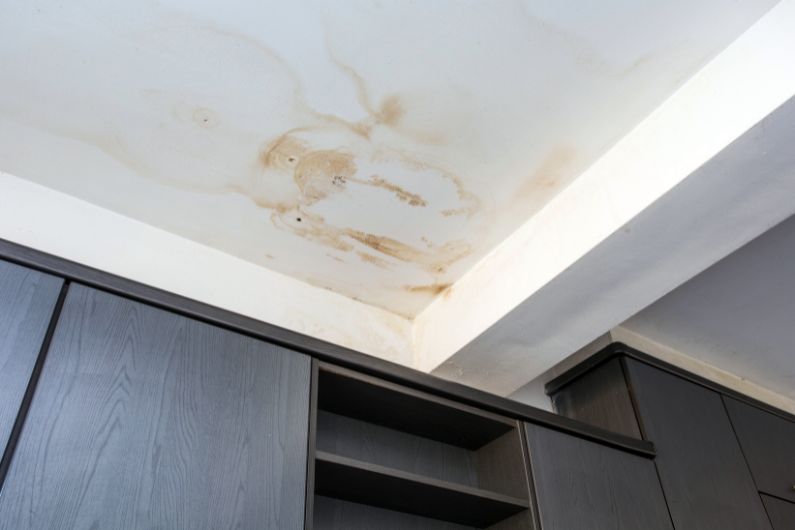As a mom, your top priority is keeping your family safe. Most parents feel like their homes are the safest places for their children. However, an unmaintained house can cause a huge hazard that puts everyone at risk.
Knowing how to recognize critical signs of structural damage in your home can help you avoid dangerous situations. Keep a look out for these common indicators that could point to a more serious problem.
Saggy Ceilings
Your ceilings shouldn’t sag, no matter how high or low they are. Droopy walls and ceilings usually indicate a massive underlying problem that you need to address ASAP.
There are several possible reasons that your drywall is saggy. If there’s termite damage in your home, it will likely reflect in your ceiling’s sturdiness. Warped ceilings could also indicate water damage or foundational issues and could cause them to collapse.
Warped Walls
If you think your home has structural damage, pay attention to your walls. Warping can be subtle and hard to notice in the beginning. However, this minor aesthetic blemish can quickly become a major safety hazard.
You’ll likely notice wall warping in your home’s lower levels first. These areas support most of your house’s weight and will be the first to show any physical problems. You should also look for cracks and gaps in your walls, as these can signify that something is going wrong.
Chimney Cracks
There’s nothing more peaceful than gathering your family around the fire. However, your fireplace and chimney could be showing some critical signs of structural damage in your home.
Look at your chimney from the outside and note its location compared to the rest of your house. Your chimney should be straight and flush against your exterior, free of any cracks. If you notice any splitting, leaning, or gaps, you know there’s an underlying issue.
Window Gaps
You should also look for damage around your windows and door frames. You shouldn’t see any gaping spaces around these entry points; they should form a seal to keep outdoor elements outside.
Window gaps could be a sign that your home is lopsided. This happens when your foundation settles crooked, causing things to pull away from their original location. Keep an eye out for unintended spaces in your entryway and monitor their growth; if they continue to grow, you likely have a foundational problem.
You deserve to live in a home free of any structural dangers. If you notice any of these critical signs, contact a professional home inspector immediately to help you fix the damage.



Connect With Me !